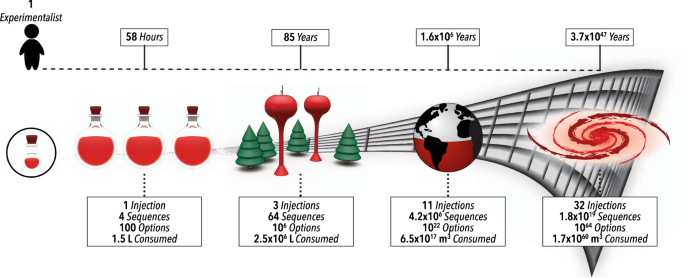2023-03-15 イリノイ大学アーバナ・シャンペーン校
このプロジェクトは、疫学的な研究によって、芽胞菌の耐性を増やすことで、人間や動物の健康問題を引き起こすとされる、小麦の感染性疾患であるフサリウム頭部枯れ病の発生リスクを減らすことを可能にします。
また、AIを活用した自動スコアリングが可能なオンラインポータルの開発も行われ、フサリウム被害を自動的にスコアリングすることで、研究者はより効率的に作物の改良に取り組めるようになります。
<関連情報>
- https://aces.illinois.edu/news/could-ai-powered-object-recognition-technology-help-solve-wheat-disease
- https://acsess.onlinelibrary.wiley.com/doi/10.1002/ppj2.20065
小麦のFusarium-damaged kernels(FDK)を表現するためのニューラルネットワークとそのゲノム選択精度への影響 A neural network for phenotyping Fusarium-damaged kernels (FDKs) in wheat and its impact on genomic selection accuracy
Junzhe Wu, Arlyn Ackerman, Rupesh Gaire, Girish Chowdhary, Jessica Rutkoski
The Plant Phenome Journal Published: 15 March 2023
DOI:https://doi.org/10.1002/ppj2.20065

Abstract
Fusarium head blight (FHB) remains one of the most destructive diseases in wheat. Primarily caused by the mycotoxigenic fungi Fusarium graminearum, FHB results in both widespread yield loss and deoxynivalenol (DON) contamination of wheat grain. Phenotyping for Fusarium-damaged kernels (FDKs) is the most efficient estimate of resistance to DON accumulation outside of performing costly and time-consuming laboratory assays. However, manual phenotyping for FDKs can be tedious and highly subjective to observers. This study developed and tested an open-access, easy-to-use, and effective method for phenotyping FDKs using a neural network capable of analyzing cell phone camera images. Quantitative genetic analysis of FDK data generated by our trained neural network found that the trait had a broad sense heritability of 0.48, and its phenotypic and genetic correlations with DON were 0.41 and 0.58, respectively. To determine if our neural network-derived FDK data could be useful in a modern breeding scenario, we included it in a multi-trait genomic selection (GS) model and evaluated the model’s ability to predict DON. We found that including FDK data generated by our trained neural network on the test set during GS model training more than doubled GS accuracy, but the highest accuracy was obtained using conventional FDK data. Although further training is needed to improve the capabilities of our neural network, initial testing shows encouraging results and demonstrates the possibility of providing an automated and objective phenotyping method for FDKs that could be widely deployed to support FHB resistance breeding efforts.



